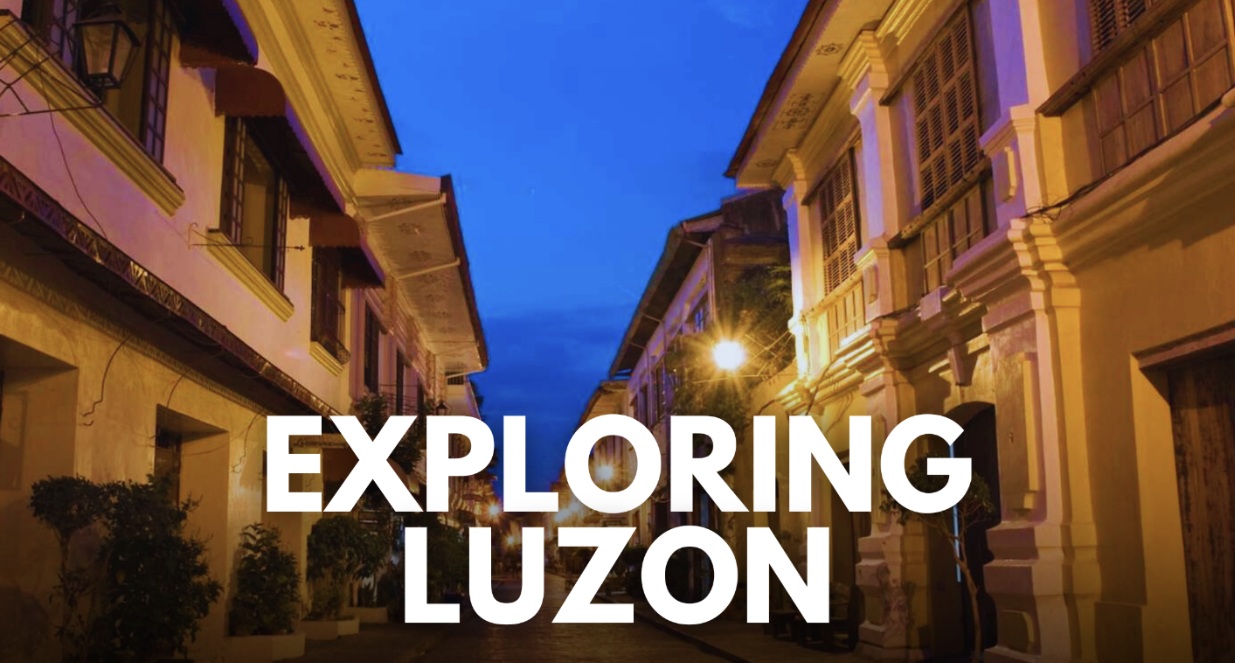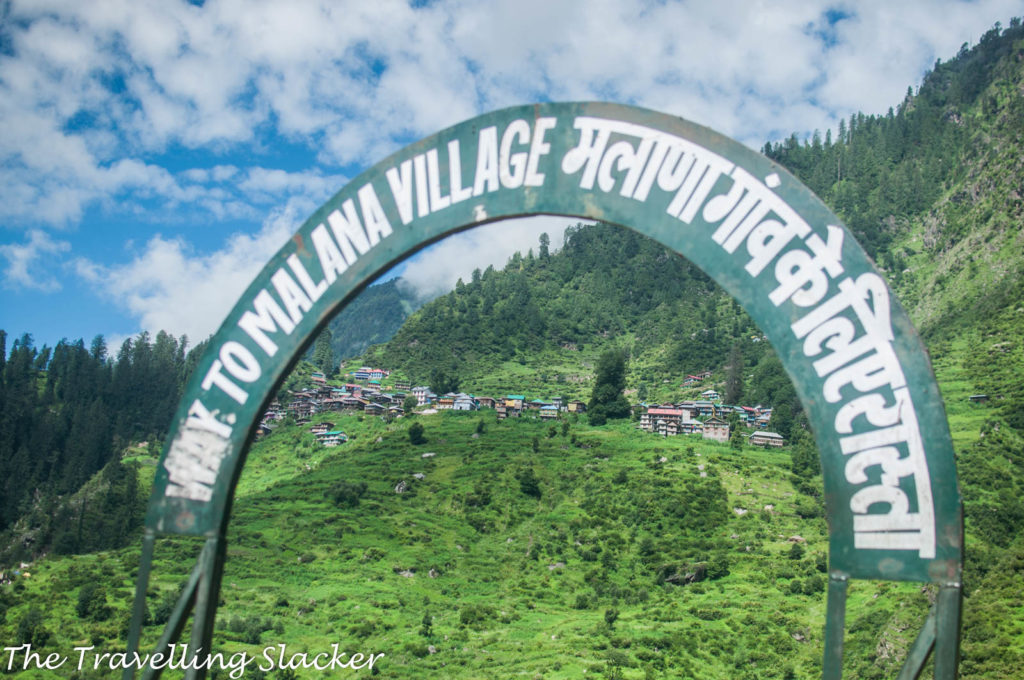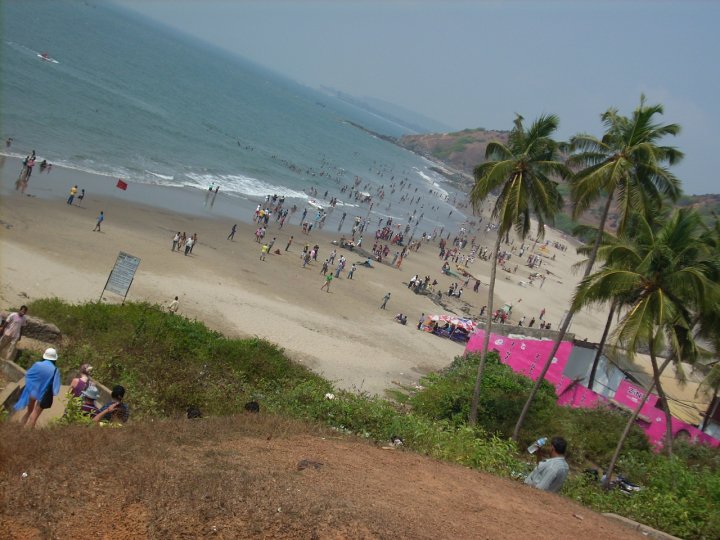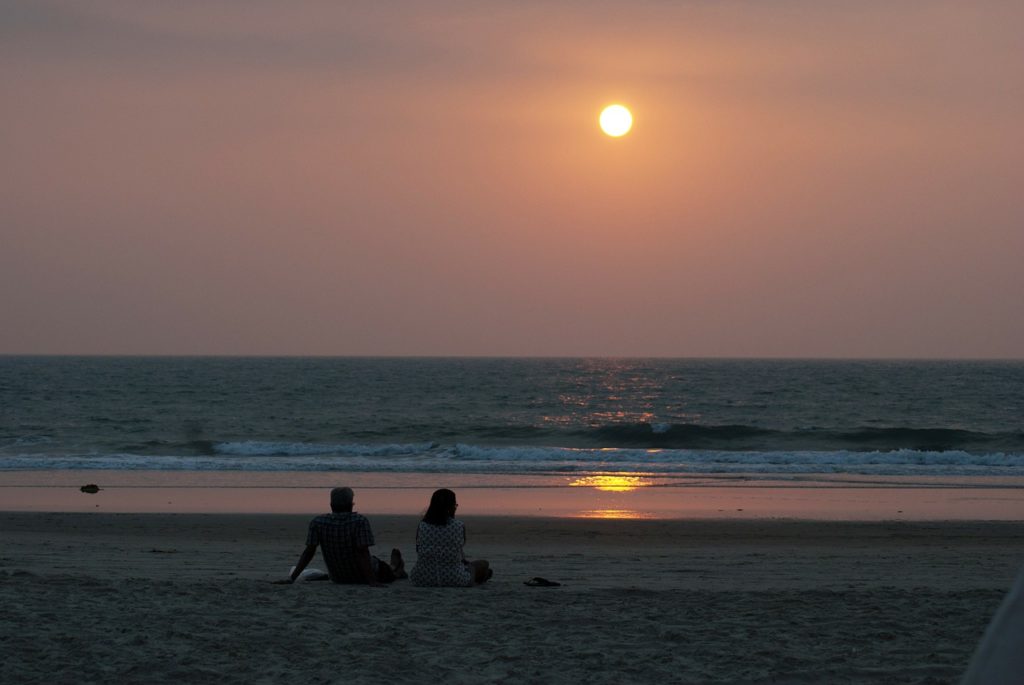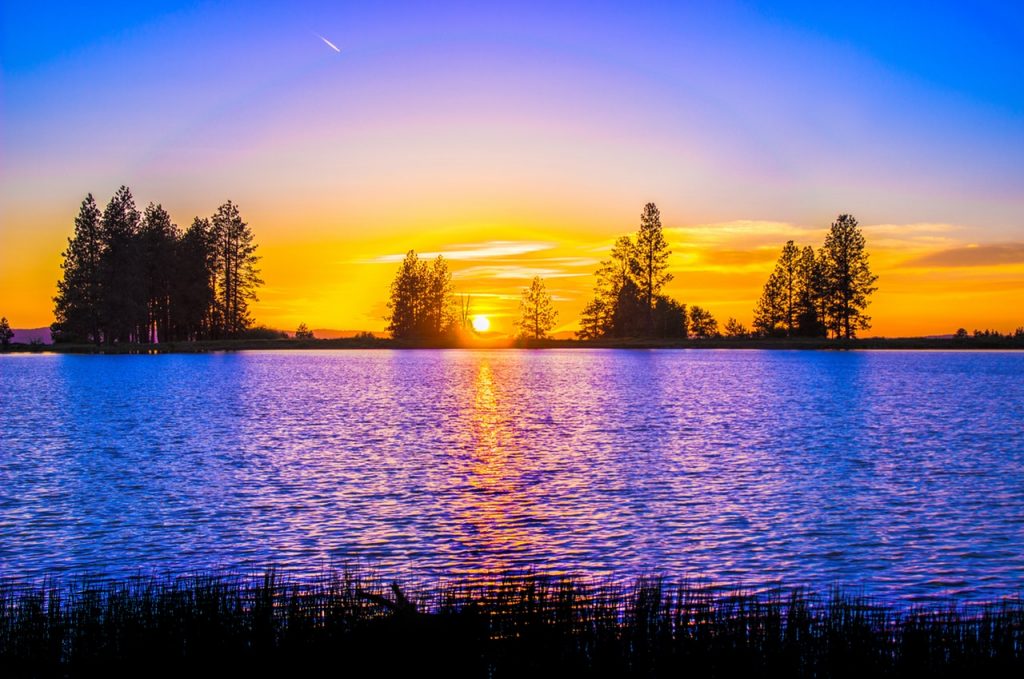Luzon, the largest and most populous island in the Philippines, is more than just the political and economic hub of the country—it is also a treasure trove of natural wonders, cultural heritage, and modern attractions. Whether you’re a first-time visitor or a seasoned traveler, Luzon offers countless destinations to explore, from bustling urban centers to serene mountain retreats and pristine beaches. If you’re planning a trip to the Philippines, traveling in Luzon should definitely be on your bucket list.
In this guide, we’ll dive into the must-visit destinations, travel tips, and reasons why Luzon remains one of the top travel destinations in Southeast Asia.
Why Travel to Luzon?
Luzon is home to Manila, the capital of the Philippines, and serves as the primary gateway for international visitors. But beyond the skyscrapers and shopping centers, Luzon offers a diverse travel experience that caters to every kind of tourist:
- For nature lovers: Luzon boasts mountains, volcanoes, rice terraces, and waterfalls.
- For history buffs: Centuries-old churches, Spanish colonial towns, and World War II landmarks abound.
- For beach seekers: White sand shores, hidden coves, and surfing spots await in Luzon’s coastal regions.
- For foodies: Luzon’s culinary scene is a mix of local delicacies, international flavors, and unique regional dishes.
With its accessibility, diversity, and unique experiences, Luzon is the perfect starting point for exploring the Philippines.
Top Destinations in Luzon
1. Manila: The Capital City
Manila may be chaotic and crowded, but it’s also rich in history and culture. A stroll through Intramuros, the historic walled city, will transport you back to the Spanish colonial era. Highlights include Fort Santiago, San Agustin Church (a UNESCO World Heritage Site), and Casa Manila. For a taste of modern Manila, explore the malls of Makati or Bonifacio Global City (BGC), where you’ll find international restaurants, nightlife, and contemporary art galleries.
2. Baguio City: The Summer Capital of the Philippines
Nestled in the Cordillera mountains, Baguio offers a cool escape from the tropical heat. Famous for its pine trees, strawberries, and cozy atmosphere, Baguio is a favorite weekend destination for locals. Must-visit spots include Burnham Park, Mines View Park, Session Road, and the Baguio Night Market. The Panagbenga Festival, held every February, is one of Luzon’s most colorful cultural celebrations.
3. Sagada: Mystical Mountain Retreat
Sagada in Mountain Province is known for its cool climate, breathtaking landscapes, and cultural traditions. The hanging coffins of Echo Valley are a unique glimpse into the Igorot burial customs. Adventurers will enjoy trekking to Bomod-ok Falls or exploring Sumaguing Cave. With its laid-back vibe, Sagada is also a haven for soul-searchers and backpackers.
4. Banaue and Batad: The Famous Rice Terraces
The Banaue Rice Terraces are often called the “Eighth Wonder of the World.” Hand-carved into the mountains over 2,000 years ago, these terraces are a UNESCO World Heritage Site and a testament to the ingenuity of the Ifugao people. Nearby Batad offers even more dramatic amphitheater-like terraces, best appreciated after a scenic trek.
5. Ilocos Region: Heritage and Beaches
Ilocos Norte and Ilocos Sur in Northern Luzon showcase both history and natural beauty. In Ilocos Sur, the cobblestone streets of Vigan City (a UNESCO World Heritage Site) are lined with preserved Spanish colonial houses. In Ilocos Norte, travelers can visit the Paoay Church, windmills in Bangui, and the sand dunes of Paoay or Laoag. For beach lovers, Pagudpud is a must-see with its turquoise waters and scenic rock formations.
6. Bicol Region: Land of the Perfect Cone
The Bicol region is home to Mayon Volcano, famous for its near-perfect cone shape. Adventure seekers can try ATV rides on the volcanic slopes, while culture enthusiasts can explore centuries-old churches like Cagsawa Ruins. Bicol is also known for its spicy cuisine, especially dishes like Bicol Express and Laing. Don’t miss Donsol, where you can swim with gentle whale sharks, one of Luzon’s most unique experiences.
7. Zambales and La Union: Surf and Sand
For beachgoers, Zambales and La Union are popular weekend getaways from Manila. La Union is the surfing capital of Northern Luzon, attracting both beginners and professionals. Zambales offers stunning islands like Anawangin Cove, Nagsasa Cove, and Capones Island. These areas are perfect for camping, island hopping, and beach parties.
8. Palawan (Accessible via Luzon)
Although geographically considered part of MIMAROPA, Palawan is often visited in combination with Luzon. El Nido, Coron, and Puerto Princesa’s Underground River (a UNESCO site) are just a short flight from Manila, making them top destinations for beach lovers and divers.
Travel Tips for Exploring Luzon
- Plan Based on Region: Luzon is vast, so it’s best to plan your trip around a specific region—Northern Luzon, Central Luzon, or Southern Luzon.
- Transportation: While buses and vans connect most destinations, renting a car or booking tours can save time. In big cities, use ride-hailing apps for convenience.
- Weather Considerations: Luzon has a tropical climate. The best time to visit is the dry season (November to May). Expect heavy rains from June to October.
- Cultural Respect: Many areas in Luzon are home to indigenous communities. Always respect local customs and traditions.
- Food to Try: Don’t miss Luzon’s culinary highlights—Ilocos empanada, Bicol Express, Batangas bulalo, and Pampanga’s sisig.
Why Luzon Should Be on Your Travel List
Traveling in Luzon offers a little bit of everything—modern city life, historic charm, natural beauty, and cultural diversity. Unlike smaller islands in the Philippines, Luzon can keep travelers busy for weeks, if not months. Whether you’re trekking through rice terraces, relaxing on white sand beaches, exploring historic towns, or savoring local delicacies, Luzon ensures a rich and memorable travel experience. Additionally, you can also immerse into the Philippine culture by trying your hands in Tongits star.
For tourists seeking variety, accessibility, and authenticity, Luzon is the perfect destination. It’s not just the largest island in the Philippines—it’s also the heart of the nation’s history, culture, and adventure.
Conclusion
Traveling in Luzon is a journey through the Philippines’ soul. From the colonial streets of Vigan to the volcanic landscapes of Bicol, from the cool pine forests of Baguio to the warm waves of La Union, Luzon captures the best of the country in one vast, diverse island.
If you’re ready to discover the Philippines, start with Luzon—it’s the ultimate introduction to the country’s beauty, resilience, and charm.

